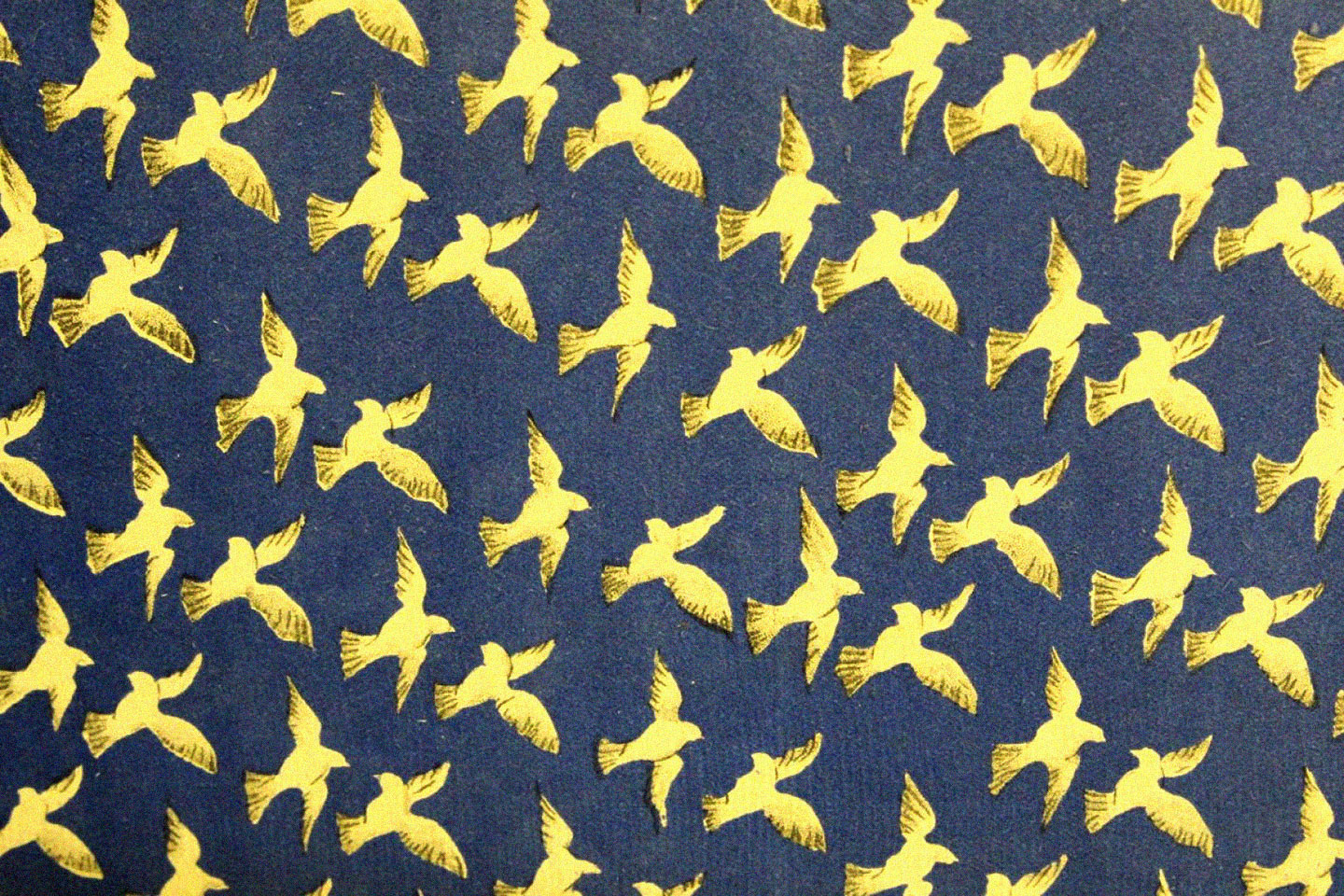Louis-Auguste Blanqui, “VII. Analysis and Synthesis of the Universe,” in Eternity by the Stars (1872), trans. Philippe Le Goff, Peter Hallward, and Mitchell Abidor, Blanqui Archive.
Frank Chouraqui, “At the Crossroads of History: Blanqui at the Castle of the Bull,” introduction to Louis-Auguste Blanqui, Eternity by the Stars, trans. Frank Chouraqui (New York: Contramedium Press, 2013), 7.
Ibid.
Nikolai Fedorov, N. F. Fedorov: Sobranie sochinenij v chetyreh tomah, tom 1 (Collected works in four volumes, vol. 1) (Moscow: Progress, 1995), 42.
Fedorov, Sobranie sochinenij, vol. 1, 107.
Fedorov, Sobranie sochinenij, vol. 3, 229.
Bloch mainly refers to the emotional meaning of metaphoric adjectives used in habitual descriptions of the human environment, such as “the wind moans.” Ernst Bloch, A Philosophy of The Future (New York: Herder & Herder, 1970), 24.
Fedorov, Sobranie sochinenij, vol. 1, 114.
Constructed similarly to self-knowledge, “Heaven-knowledge” (or “Sky-knowledge,” (Nebo-poznanie)) means getting to know “things above” (i.e., the Absolute, the cosmos, or simply what is yet beyond reason), while “World-knowledge” (Miro-poznanie) means getting to know physical and social reality. It is quite striking that, given Fedorov’s religious views, his usage of these words indicates that, for him, these two kinds of knowledge—knowing the transcendent and knowing the immanent—signify one and the same process.
The Russian term stihijnost’ originates from the word that signifies an elemental force of nature (stihija)—an outer force which is wild, violent, and almost impossible to control.
See, for example, Timothy Morton, Humankind: Solidarity with Non-Human People (London: Verso, 2017).
Fedorov, Sobranie sochinenij, vol. 1, 393.
Konstantin Tsiolkovsky, Prikluchenia atoma (Adventures of the atom) (Moscow: Luch, 2009), 18.
Fedorov, Sobranie sochinenij, vol. 3, 297.
Fedorov, Sobranie sochinenij, vol. 1, 249.
For instance, Fedorov finds the pagan rural custom of circle dancing (khorovod) to be an example of “live, active religion,” in contrast to “dead” rituals such as individual praying or church services. It is worth noting that the origin of the peasants’ circle dance—the ritual worship of the sun—is what makes Fedorov see the element of collective hope for a collective impact on the forces of nature.
Fedorov, Sobranie sochinenij, vol. 1, 102.
Ibid., 110.
The most developed theory of “weak thought” can be found in the work of Gianni Vattimo, based on his version of the hermeneutic method. See, for example, Gianni Vattimo and Santiago Zabala, Hermeneutic Communism: From Heidegger to Marx (New York: Columbia University Press, 2014).
Fedorov, Sobranie sochinenij, vol. 1, 110.
Ibid, 111.
Ibid, 132.
Ibid, 136.
Ibid., 146.
Fedorov, Sobranie sochinenij, vol. 3, 285.
Nikolai Fedorov, Sochinenia (Works) (Moscow: Mysl’, 1982), 405.
Blanqui, “VII. Analysis and Synthesis of the Universe.”
